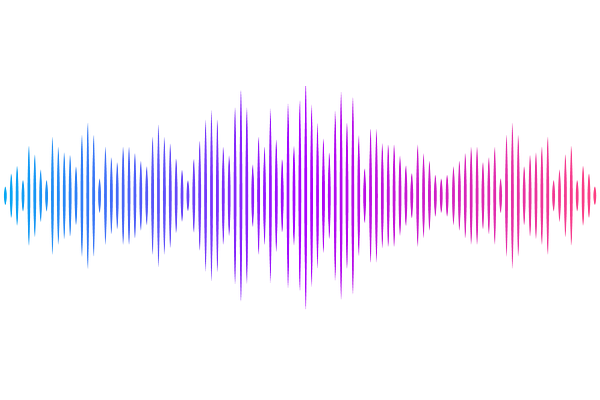Optimising fertilisation kinetics models for broadcast spawning corals in the genus Acropora

Optimising fertilisation kinetics models for broadcast spawning corals in the genus Acropora
Buccheri, E.; Babcock, R. C.; Mumby, P. J.; Doropoulos, C.; Ricardo, G. F.
AbstractSynchronous spawning is a specialised adaptation to maximise fertilisation success in free spawning sessile invertebrates. There are many factors that drive and limit reproduction in such benthic invertebrates including localised hydrodynamic forcing, adult density dependence, and fine-scale gamete interactions, all of which are difficult to measure in situ. Therefore, measures to manage or restore reproductive populations of sessile invertebrates rely in part on adequate modelling of spawning processes at localised scales. Fertilisation kinetics of spawning events has been modelled for many free spawning marine invertebrate taxa, yet little work has been done to parameterise such models for hermaphroditic corals. This study used experimentally derived coral-specific parameters and optimisation protocols to improve model predictions of fertilisation outcomes for Acropora kenti (formerly A. Maggie tenuis) and A. digitifera. Three fine scale parameters that are difficult to measure experimentally -fertilisation efficiency (Fe), egg concentration (E0), and polyspermy block strength (tb) - were estimated using optimisation, and medians and 95% confidence intervals were derived for each parameter and species. For A. kenti the median optimised Fe value was 0.0194 (0.0027-0.0776), and tb was 0.1000 (0.1000-0.1000). For A. digitifera, the median optimised Fe value was 0.0013 (0.0002-0.0030), and tb was 10.0000 (2.4703-10.0000). Further, sensitivity analyses suggest that kinetics models are the most sensitive to changes in Fe parameter values, as well as species-specific metrics like sperm swimming speed and egg size. Results will inform biophysical coral fertilisation models to better predict reproductive outcomes and support management decisions that safeguard natural reef recovery.